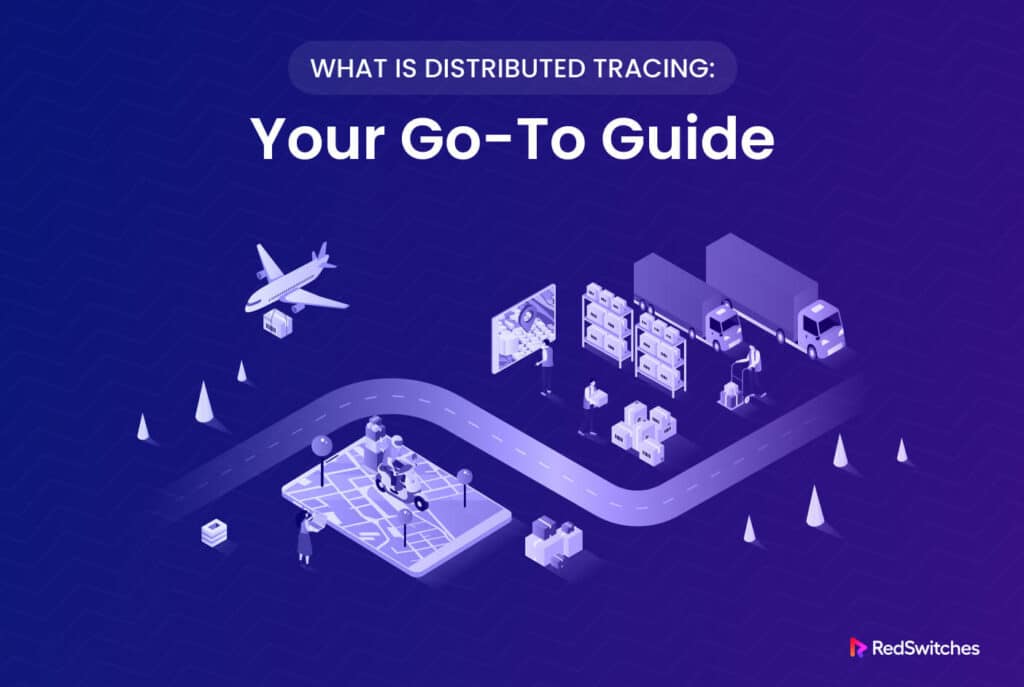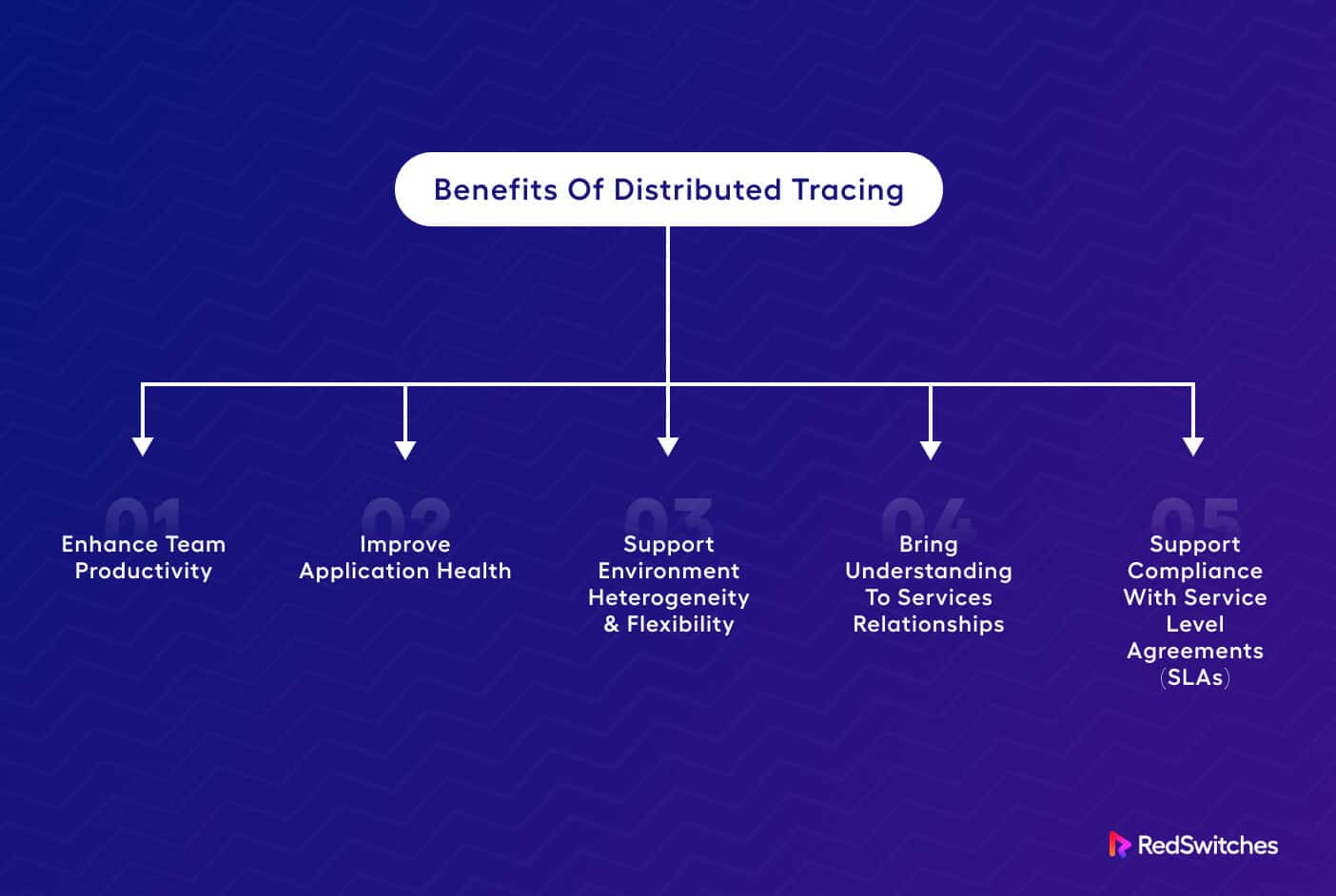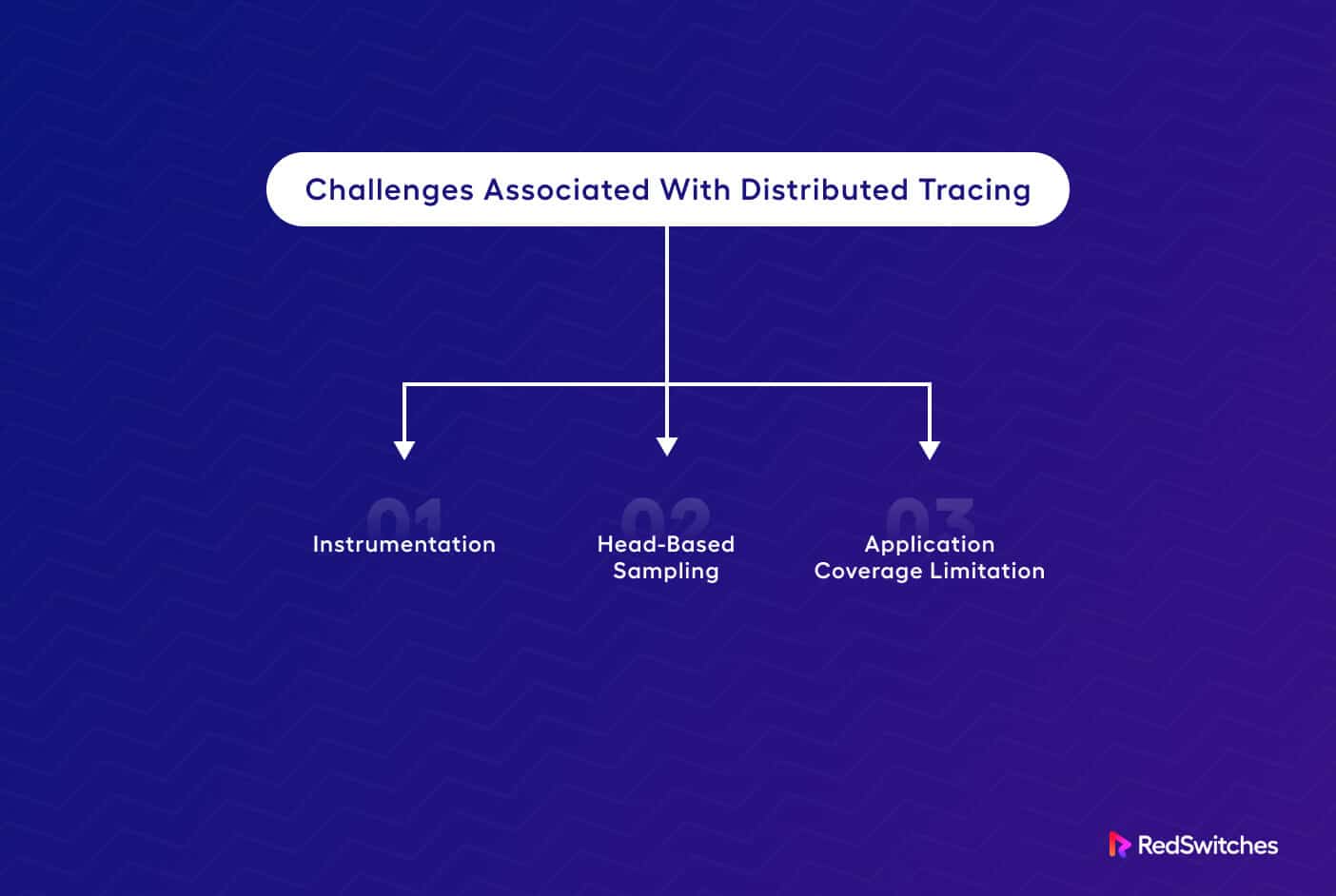According to polls conducted by IBM and O’Reilly, many businesses now use microservice-based architectures for their software applications.
This rapid adoption indicates that businesses realize that the advantages of microservices architecture far outweigh its drawbacks. As this adoption rate grows, businesses should be prepared to deal with the challenges posed by projects built upon this architecture.
One of the most glaring issues with this architecture is the intricacy of service-to-service communication. Due to the dispersed nature of microservice solutions, this is a particularly challenging aspect of the applications built upon microservices.
In a monolithic design where the application is designed to function as a single, interconnected system, communication between the application’s components is streamlined. On the other hand, projects built using microservices are individually deployable modules that expose a unique API for each component.
Transactions to the various services can come from multiple points, and each service could be one of the numerous stops in a single request.
Software teams should be able to analyze and trace the network behavior across the different apps to address any performance issues, bottlenecks, or errors that may happen during these transactions.
In distributed application systems, distributed tracing keeps track of various network requests.
In this article, we’ll discuss the idea of distributed tracing, how it differs from logging, and the advantages and disadvantages of the technique.
Table of Contents
- What is Distributed Tracing?
- How Does Distributed Tracing Work?
- The Advantages of Distributed Tracing
- The Challenges in Using Distributed Tracing
- Open Source Distributed Tracing Software
- Conclusion
- FAQs
Let’s start with the definition.
What is Distributed Tracing?
Distributed tracing is an approach that tracks the flow and progression of requests across multiple services and components within a microservices-based architecture. Developers use this approach to discover issues and optimize performance as the process traces the end-to-end flow of requests.
For instance, when a user clicks a button on the application’s frontend, distributed tracing enables you to follow the flow until the request reaches the backend and database destinations. Developers can easily connect the dots by tracking requests as they propagate across the system.
How Does Distributed Tracing Work?
Before going into the details of how distributed tracing works, it is essential to understand the idea of a trace.
The best way to visualize a trace is to think about RPCs (remote procedure calls) or application network requests.
Each service and component of your software system executes a specific task or functionality when it receives requests for remote procedures from other services and components. For instance, one service might handle authentication and authorization while another maintains an interface to the database.
Regardless of the business logic, these services send requests and get responses. Usually, this process involves executing one or more subtasks, each adding to the overall time of creating and sending the response. A discrete set of tasks and activities is called a span or segment. Usually, these spans include event logs and metadata.
In order to employ distributed tracing in your software applications and environments, you need to add specific “instrumentation” to the code. These code snippets enable trace data monitoring and tracking.
A unique trace ID is created and allocated when a request is made, along with a separate ID for each step in the trace. All services and components in the context of the trace will receive the collected data of the previous spans.
The parent span is the initial or starting span in a tracing platform. It shows the starting point (a frontend making an API gateway request, a microservice making a call to another microservice, or a microservice performing a database query). Every subsequent span tracks the next set of activities. The set of spans in a trace keeps track of the request’s execution path.
Consider a scenario where a user initiates an API call from the application’s frontend. This request progresses to the application’s backend and back to the frontend. The trace of this request may include spans concerning interactions with data, components, and other users on the platform.
Each of these elements — data, components, and users—could stand in for a microservice that is called after the original API query. In the context of distributed tracing, these subsequent calls will be documented as nested child spans of the top-level child span (initiated by the frontend API request).
What Is the Difference Between Distributed Tracing and Logging?
Developers use distributed tracing and logging to gather information on the actions in the application environments to more effectively capture low-level details and the context of the behavior under the application’s hood.
This information is very valuable when developers begin fixing bugs, unexpected behaviors, and performance problems. Tracing and logging, however, go about doing this in different ways.
Distributed tracing’s added context is not recorded by logging components. Logging offers detailed time-stamped information on input, processing, and output-related system events. This information is very helpful for auditing and debugging specific application issues.
So, in effect, logs are records of particular incidents that happened in the system at specific times and can be collected at the infrastructure, network, and application levels. When using Kubernetes, for instance, you can log events in your cluster, nodes, and containers.
In contrast, distributed tracing tracks the entire path of a single request. It does use logging for this purpose by logging the events that occur along the route of the request being traced. Distributed tracing increases context and streamlines analysis and troubleshooting by limiting the data to be searched and analyzed when problems and mistakes arise.
Creating logs is crucial for the individual system components in the context of distributed systems, such as microservice architectures. They also give insight into the different time-stamped events, thus being highly helpful in debugging.
Software teams should, however, also use distributed tracing systems to record the specifics of individual requests going around their software solutions. Ideally, you should use a combination of logging and distributed tracing to identify and understand what’s happening within your distributed software systems.
The Advantages of Distributed Tracing
Now that you understand how logging and distributed tracing differ, let’s dig a little deeper into some advantages of using distributed tracing.
Improved Team Productivity
Each service, as well as the interactions it has with other services, adds to the system’s overall obscurity. Distributed tracing is crucial to improved observability because it gives software teams detailed, unified transparency into the system operations. As such, developers can immediately identify faults as they happen and promptly fix them.
Tracing helps improve the process of identifying and fixing software events, faults, and performance problems. Software teams can thus work more efficiently and spend more time improving their applications.
Boost Application Health
Distributed tracing brings clarity and transparency to an application’s environment. Teams can quickly identify and fix issues in a microservices-based architecture and thus deliver a better functioning product.
As an aside, this speed of resolution also helps reduce the technical debt of these applications as developers can quickly identify and correct the impact of shortcuts taken during previous iterations.
Support Environment Heterogeneity and Flexibility
The programming languages, frameworks, and underlying runtime environments utilized in the microservices are irrelevant to the distributed tracing systems. The process of distributed tracing works independently of the system’s technical diversity.
For instance, a user generates a request from a native Android mobile client. This request travels via an Amazon API Gateway and then uses a Java-based GraphQL API to connect to several additional services in various cloud environments powered by other languages and frameworks.
Regardless of the technical variations, all activities in each span (including the activities between each upstream service) will be recorded without issue. The process is not hampered by the restrictions around using a particular language or framework to record the trace.
Enhanced Inter-service Relationship Views
Distributed tracing is all about how the components of the system interact with one another. This solves a critical issue for the development teams – the trouble they have visualizing how all the parts fit together in the overall scheme.
Distributed tracing platforms can help teams understand the activity flow for all internal and external services.
Support SLA Compliance
Distributed tracing is especially helpful in finding performance bottlenecks and roadblocks that can affect a typical microservices architecture consisting of internal and external components and services.
The data collected by traces is invaluable in application performance optimization and thus helps the business comply with the SLA with customers.
The Challenges in Using Distributed Tracing
Despite the benefits mentioned earlier, you should understand some of the challenges and issues in adopting distributed tracing.
Instrumentation
Several distributed tracing systems need you to modify the apps’ source code to set up code snippets that introduce request tracing capability. This manual method increases the maintenance burden and is potentially error-prone. Additionally, you must reimplement the instrumentation if you change the language, framework, or service.
Head-based Sampling
Traces employ a “head-based sampling” where the decision to collect information happens early in the process. This approach could fail to obtain crucial information that could occur near the end of the segment. In such cases, tail-based sampling offers better and more precise information. The choice between these two approaches can significantly affect the quality and volume of data collected during a trace.
Resource Consumption
The process of distributed tracing collects a substantial amount of data, including trace IDs, spans, and associated metadata. Since this process follows the trace across the architecture, it could consume significant storage and network resources. In extreme cases, this could result in performance issues caused by low storage.
Open Source Distributed Tracing Software
You can opt for one of the several open source distributed tracing software that collect information about metrics, traces, and logs. Popular options include OpenTelemetry, OpenTracing, and OpenCensus.
Conclusion
Distributed tracing is an effective technique for revealing how various subsystems and components interact in complex systems. It allows developers to solve problems like latency, performance bottlenecks, and inefficiencies that could otherwise go undetected. Distributed tracing gives engineers the knowledge to improve, troubleshoot, and optimize user experiences. It generates a thorough picture of transactions as the request moves through multiple services and components.
If you’re looking for a robust server infrastructure for your microservices-based projects, RedSwitches offers the best dedicated server pricing and delivers instant dedicated servers, usually on the same day the order gets approved. Whether you need a dedicated server, a traffic-friendly 10Gbps dedicated server, or a powerful bare metal server, we are your trusted hosting partner.
FAQs
Q-1) What is distributed tracing?
Distributed tracing is a method used to monitor and analyze the flow of requests and transactions across complex software systems, providing insights into the performance, latency, and interactions between various components.
Q-2) Why is distributed tracing important?
Distributed tracing is essential for identifying and resolving performance bottlenecks, latency issues, and inefficiencies within distributed applications. It offers a holistic view of transactions and helps optimize user experiences.
Q-3) How does distributed tracing work?
Distributed tracing relies on instrumenting code to capture trace data as requests move through different services. This data is collected and organized to represent the request flow, revealing dependencies and timing visually.
Q-4) What are the benefits of using distributed tracing?
Distributed tracing enables proactive performance optimization, quicker issue resolution, and enhanced user satisfaction. It aids in identifying the root cause of problems and streamlining debugging processes.
Q-5) What tools are available for distributed tracing?
Developers can use several popular distributed tracing tools, including OpenTelemetry, Jaeger, and Zipkin. These tools provide libraries and APIs to integrate tracing into applications and offer visualization dashboards.
Q-6) Is distributed tracing only for large applications?
Distributed tracing benefits applications with a microservices-based architecture.. It helps developers understand interactions between components and services, regardless of application complexity.
Q-7) Can I use distributed tracing in production environments?
Yes, distributed tracing can and should be used in production environments. It provides valuable insights into how applications perform under real-world conditions and helps maintain high availability.
Q-8) Does distributed tracing impact application performance?
Distributed tracing does introduce some overhead due to the instrumentation process. However, modern tools minimize this impact, and the benefits of enhanced visibility outweigh the slight performance cost.
Q-9) How can distributed tracing help with debugging?
Distributed tracing simplifies debugging by pinpointing the exact location and cause of issues within the application’s architecture. It accelerates root cause analysis and reduces the mean time to resolution.
Q-10) Is distributed tracing only for developers?
While developers benefit significantly from distributed tracing, it also provides insights for operations teams, DevOps engineers, and business stakeholders, aiding collaboration and informed decision-making.
Q-11) What’s the relationship between distributed tracing and observability?
Distributed tracing is a crucial observability component, encompassing monitoring, logging, and metrics. Tracing provides a deeper understanding of how various system parts interact and affect overall performance.
Q-12) Can I use distributed tracing for cloud-native applications?
Absolutely. Distributed tracing is well-suited for cloud-native applications and is a valuable tool in ensuring optimal performance, scalability, and resilience in dynamic cloud environments.
Q-13) Where can I learn more about distributed tracing?
You can find more resources and information about distributed tracing in online documentation, tutorials, webinars, and community forums provided by tracing tool providers and technology organizations.



